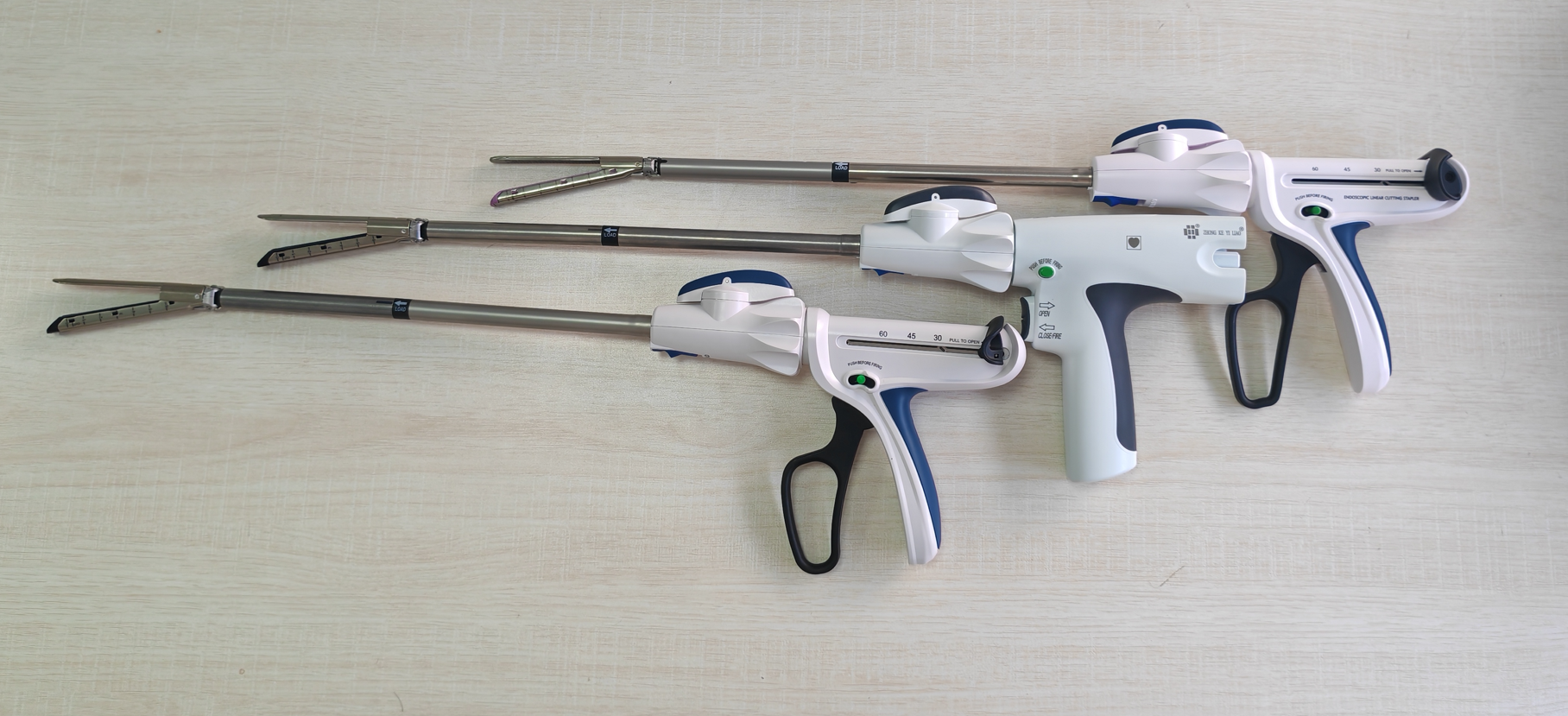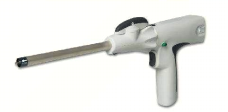Understanding the Role of Ligating and Dividing Staplers in Modern Surgical Procedures
Ligating and dividing staplers are specialized surgical instruments that have revolutionized various surgical procedures by combining the functions of ligation and division into a single device. These staplers are designed to simultaneously secure and divide tissues, making them invaluable tools in minimally invasive and open surgeries alike.
The primary function of a ligating and dividing stapler
Ligating and dividing staplers are specialized surgical instruments that have revolutionized various surgical procedures by combining the functions of ligation and division into a single device. These staplers are designed to simultaneously secure and divide tissues, making them invaluable tools in minimally invasive and open surgeries alike.
The primary function of a ligating and dividing stapler is to create secure tissue closures while also enabling the efficient division of anatomical structures. This dual functionality reduces the need for multiple devices during a single procedure, thereby streamlining the surgical workflow. Surgeons benefit from these staplers as they can minimize surgical time and enhance precision, which is critical in complex operations.
One of the key advantages of using ligating and dividing staplers is their ability to achieve consistent and reliable tissue closure. The device utilizes a unique mechanism that deploys surgical staples or clips to ligate blood vessels or tissue before cutting through them. This not only decreases the risk of bleeding but also promotes faster healing and recovery for patients, as the trauma to surrounding tissues is minimized.
Additionally, ligating and dividing staplers often come equipped with features such as adjustable staple sizes and configurable firing techniques. This adaptability allows surgeons to tailor the stapler's use to suit the specific anatomical requirements of each patient and procedure. As a result, these staplers enhance the overall effectiveness of surgeries, leading to improved patient outcomes and satisfaction.
The advancements in materials and technology have also contributed to the evolution of ligating and dividing staplers. Many contemporary versions are designed to be lightweight and ergonomic, further enhancing usability. Additionally, some models are compatible with imaging technologies, enabling real-time feedback during surgery, which can be crucial in complex cases.
While ligating and dividing staplers have proven to be effective tools in various surgical specialties, including bariatric, thoracic, and gastrointestinal surgeries, it is essential for surgical teams to receive adequate training in their use. Proper training ensures that the devices are utilized safely and effectively, maximizing their benefits while minimizing potential complications.
In conclusion, ligating and dividing staplers are integral to modern surgical practices. Their innovative design and multifunctionality not only simplify surgical procedures but also lead to enhanced patient outcomes. As these devices continue to evolve, their role in the operating room is expected to expand, providing surgeons with even more advanced tools to improve surgical precision and efficiency.
The primary function of a ligating and dividing stapler is to create secure tissue closures while also enabling the efficient division of anatomical structures. This dual functionality reduces the need for multiple devices during a single procedure, thereby streamlining the surgical workflow. Surgeons benefit from these staplers as they can minimize surgical time and enhance precision, which is critical in complex operations.
One of the key advantages of using ligating and dividing staplers is their ability to achieve consistent and reliable tissue closure. The device utilizes a unique mechanism that deploys surgical staples or clips to ligate blood vessels or tissue before cutting through them. This not only decreases the risk of bleeding but also promotes faster healing and recovery for patients, as the trauma to surrounding tissues is minimized.
Additionally, ligating and dividing staplers often come equipped with features such as adjustable staple sizes and configurable firing techniques. This adaptability allows surgeons to tailor the stapler's use to suit the specific anatomical requirements of each patient and procedure. As a result, these staplers enhance the overall effectiveness of surgeries, leading to improved patient outcomes and satisfaction.
The advancements in materials and technology have also contributed to the evolution of ligating and dividing staplers. Many contemporary versions are designed to be lightweight and ergonomic, further enhancing usability. Additionally, some models are compatible with imaging technologies, enabling real-time feedback during surgery, which can be crucial in complex cases.
While ligating and dividing staplers have proven to be effective tools in various surgical specialties, including bariatric, thoracic, and gastrointestinal surgeries, it is essential for surgical teams to receive adequate training in their use. Proper training ensures that the devices are utilized safely and effectively, maximizing their benefits while minimizing potential complications.
In conclusion, ligating and dividing staplers are integral to modern surgical practices. Their innovative design and multifunctionality not only simplify surgical procedures but also lead to enhanced patient outcomes. As these devices continue to evolve, their role in the operating room is expected to expand, providing surgeons with even more advanced tools to improve surgical precision and efficiency.
ligating and dividing stapler









